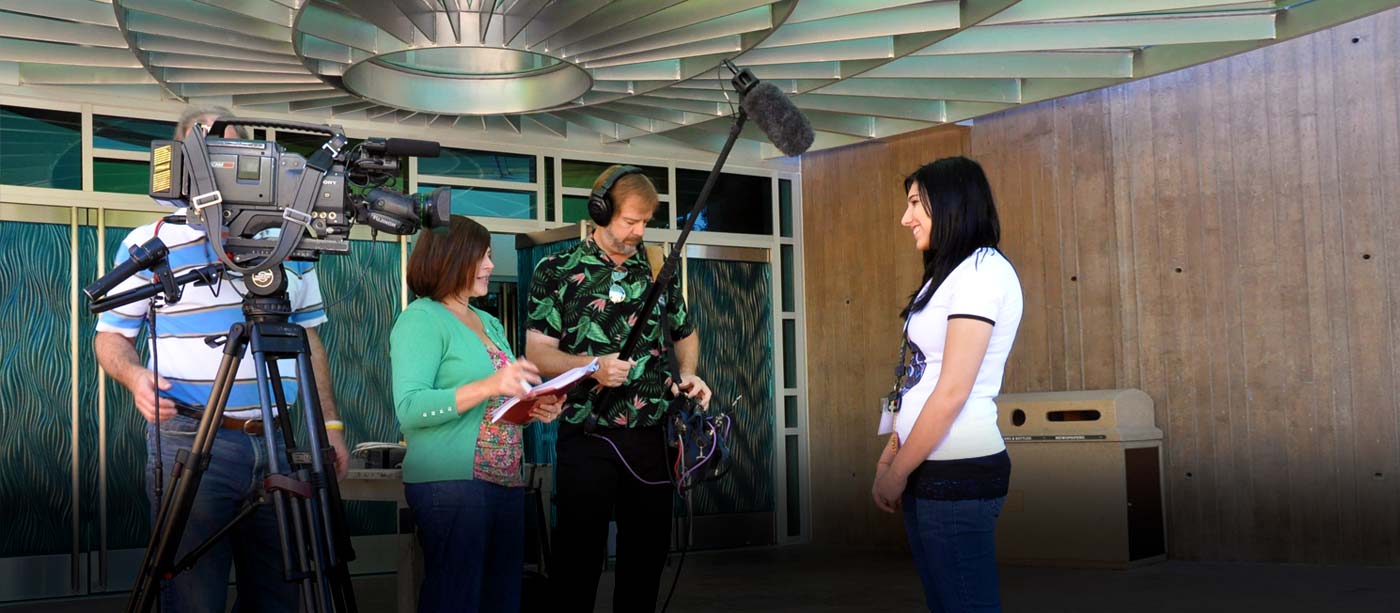Media contacts
Business hours for the Springs Preserve Public Relations and Marketing team are Monday through Thursday from 7 a.m. to 6 p.m.
- Lisa Story: 702-378-6527
- Emergency media inquiries (after hours): 702-259-8220
If not on a tight deadline, media representatives also can contact us via email.
Photos for media use
Find a selection of our favorite photos below. Simply right click to download. If you'd like high-resolution versions of them, or would like other image options, please contact us via email.
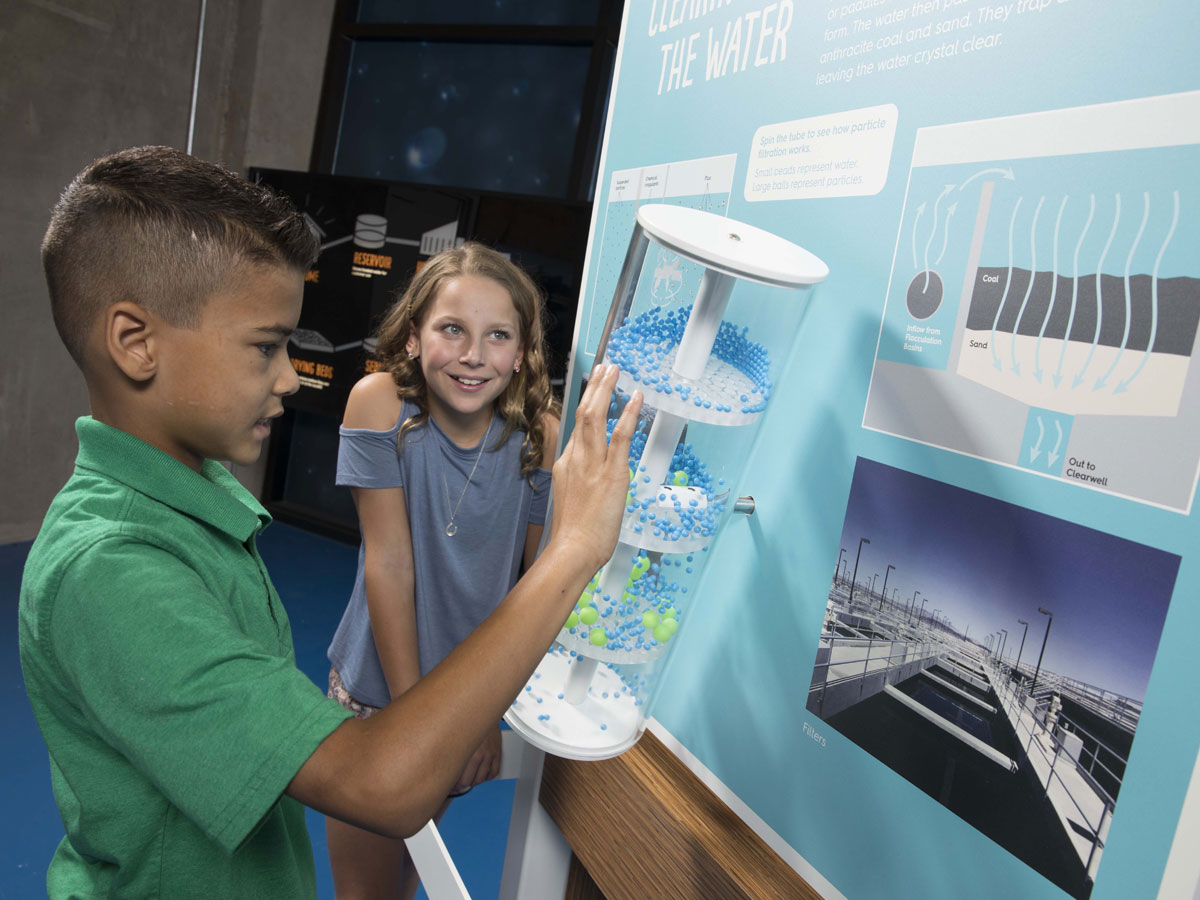
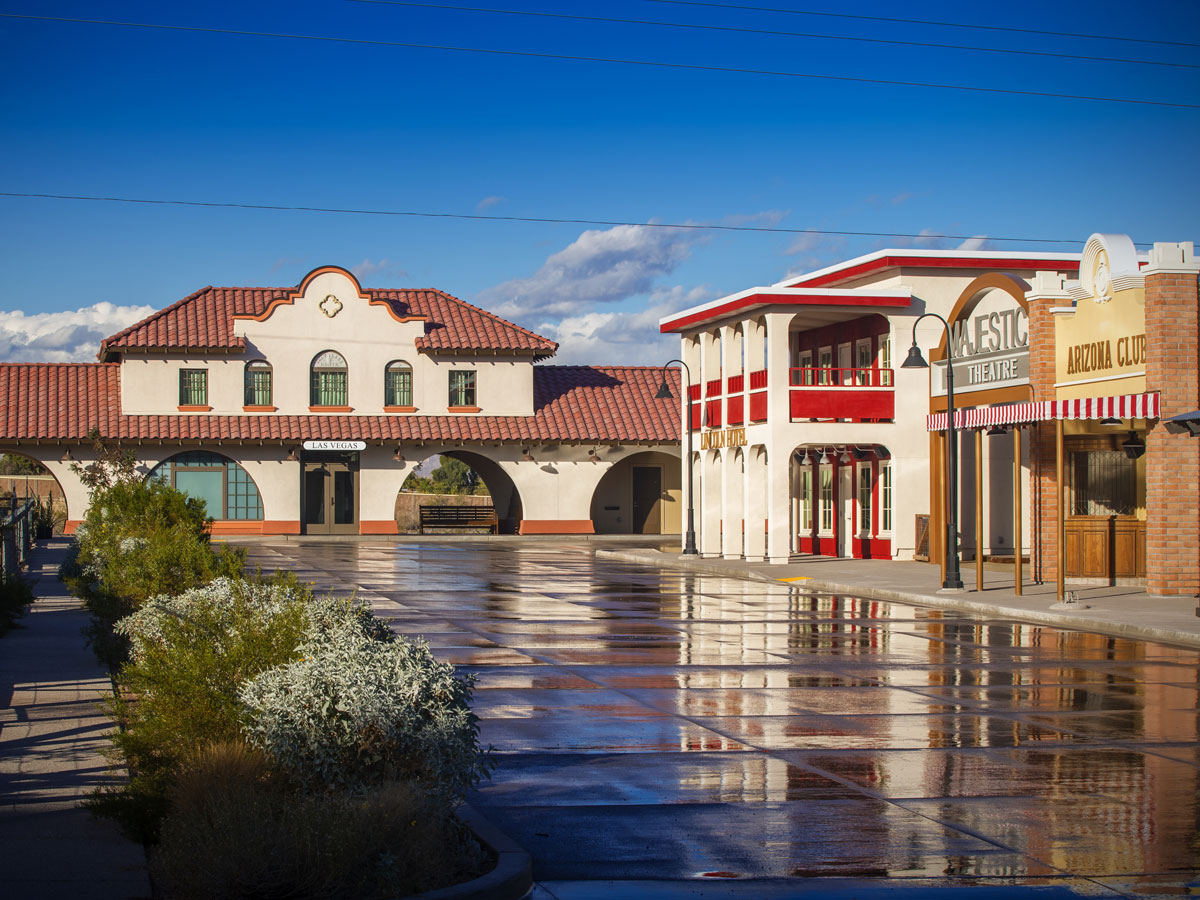

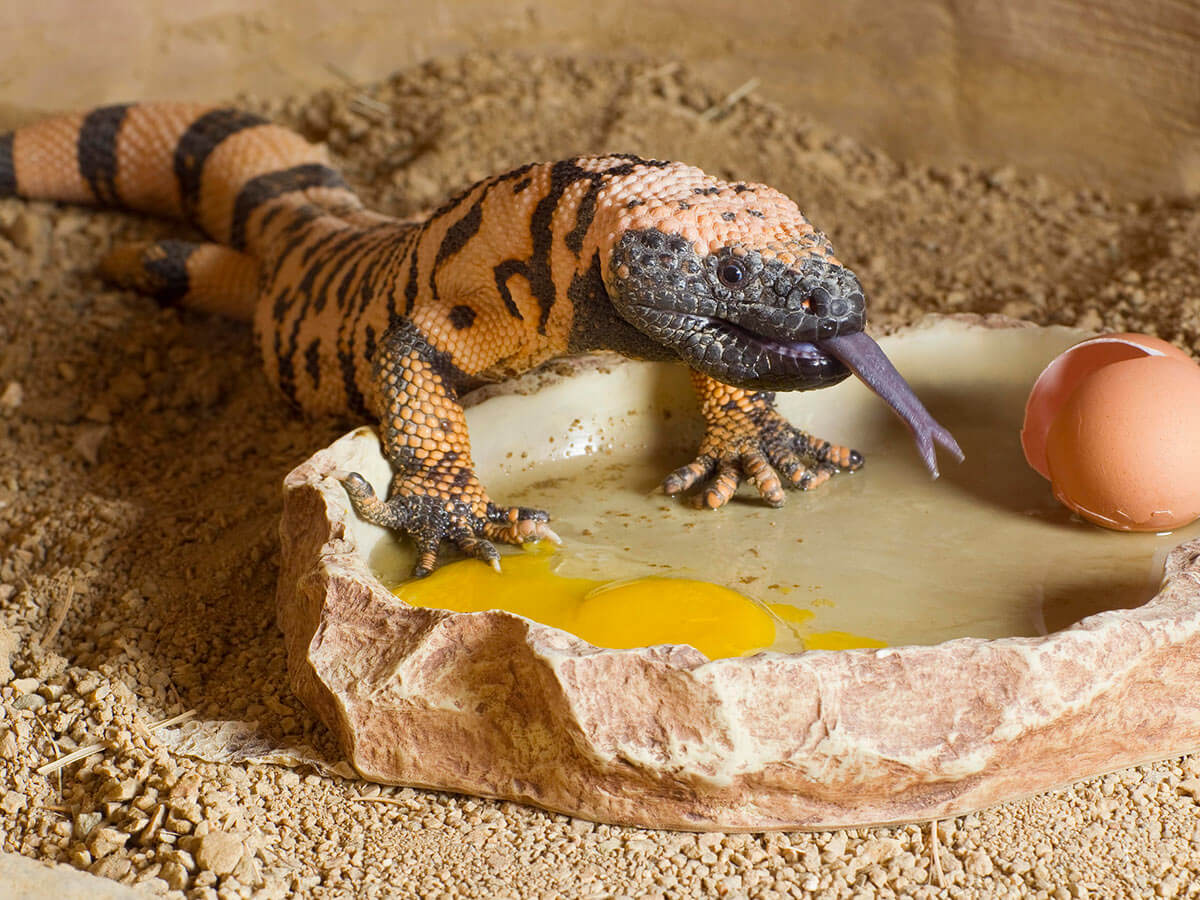
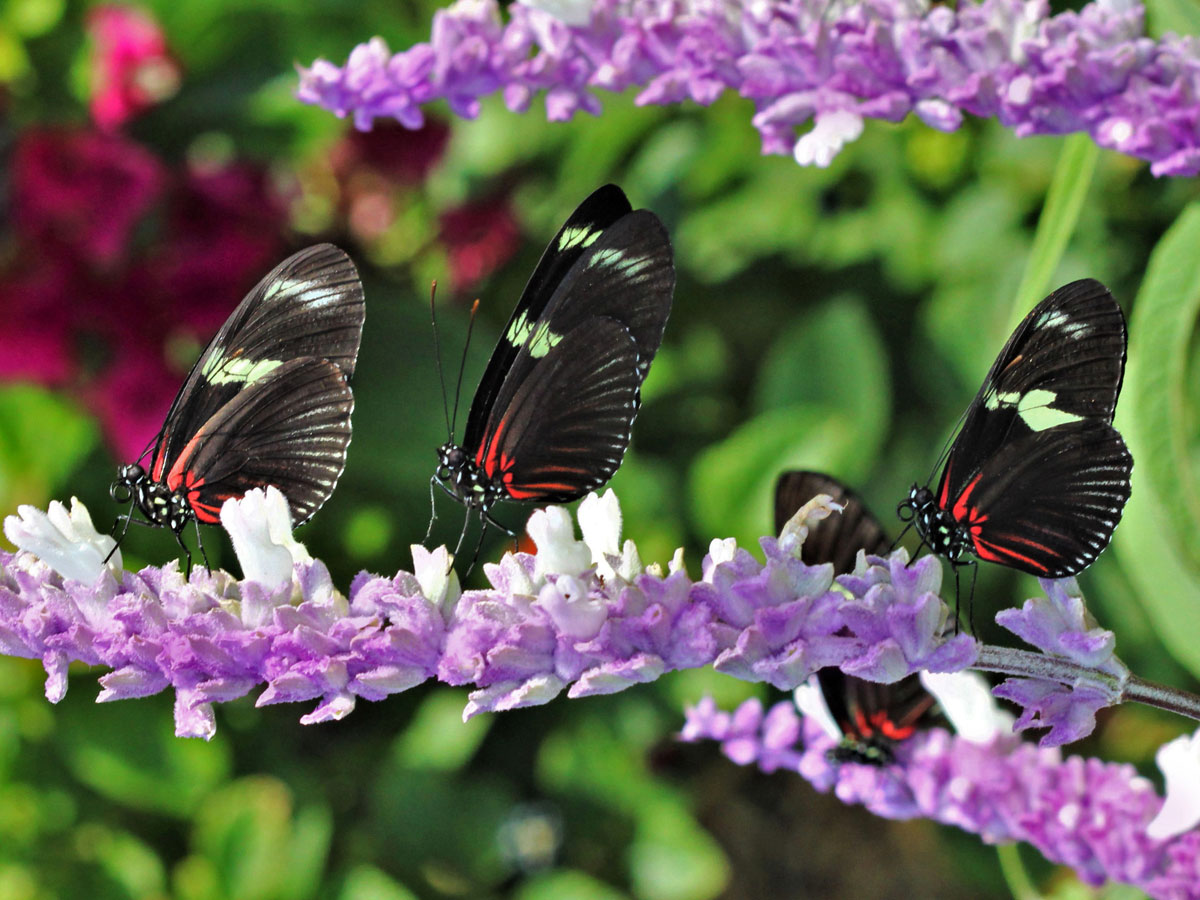
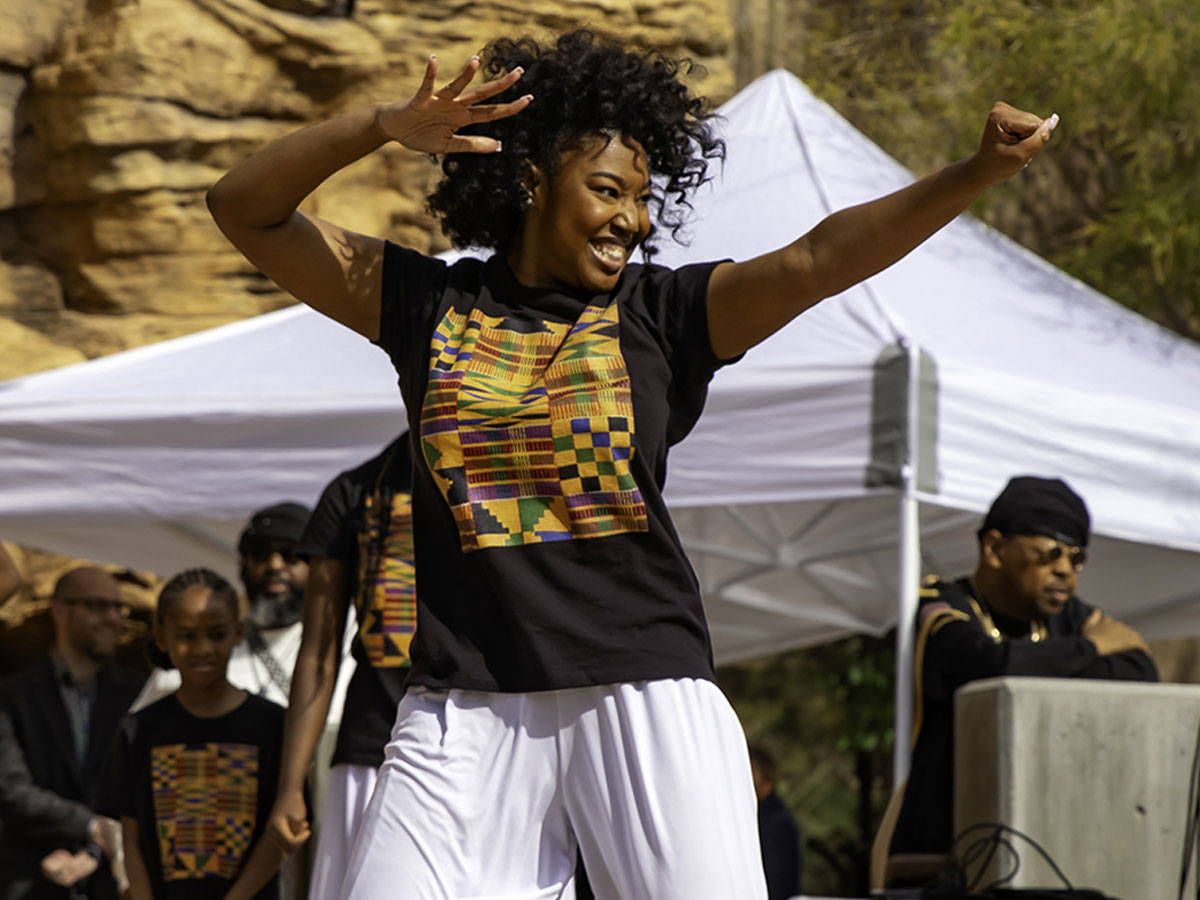
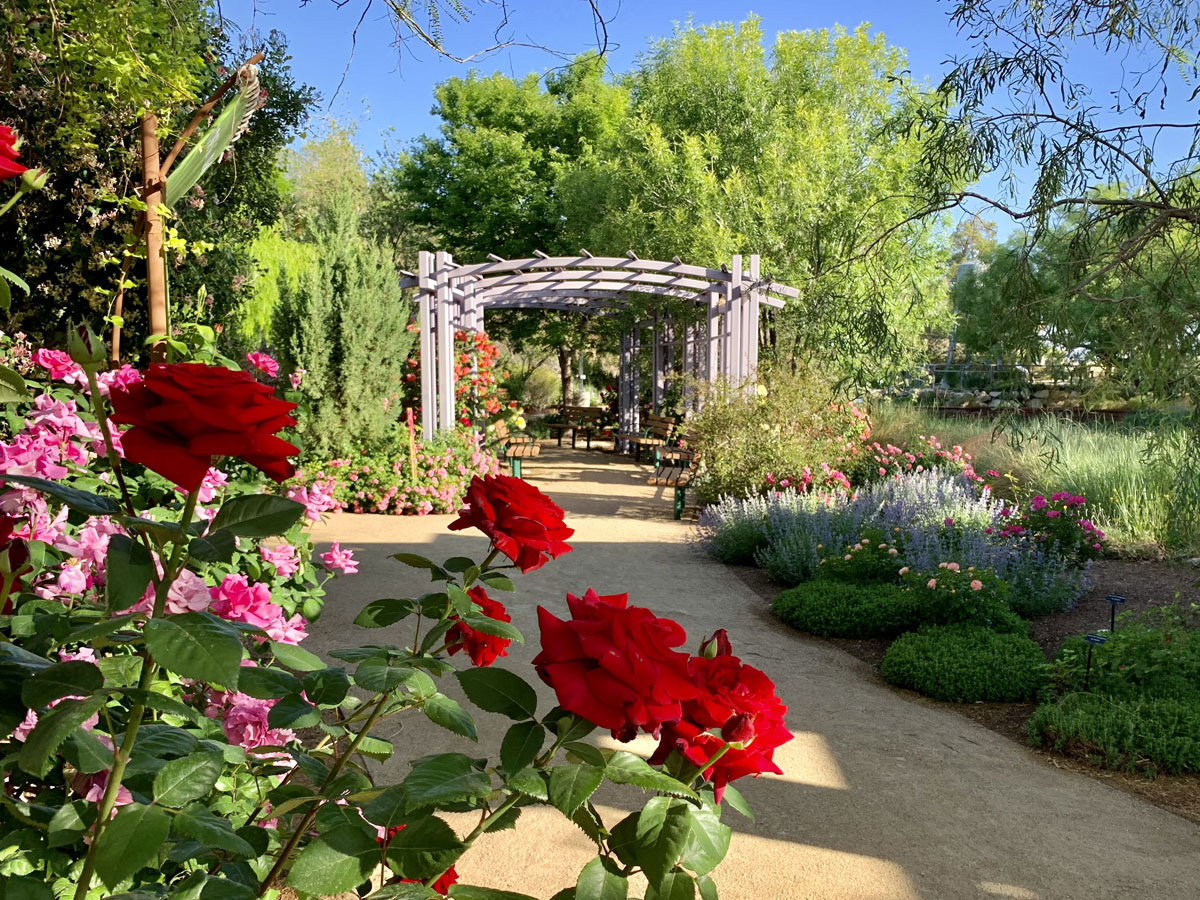
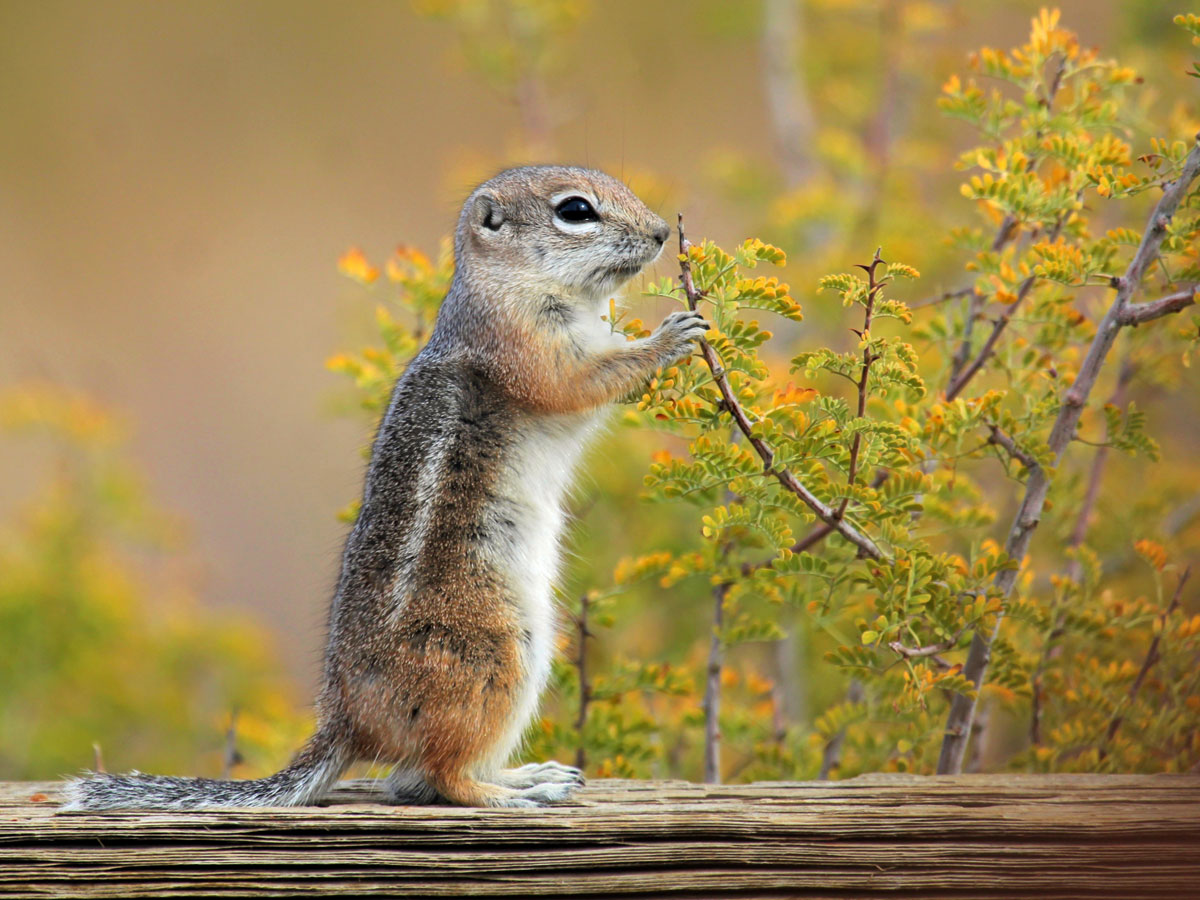
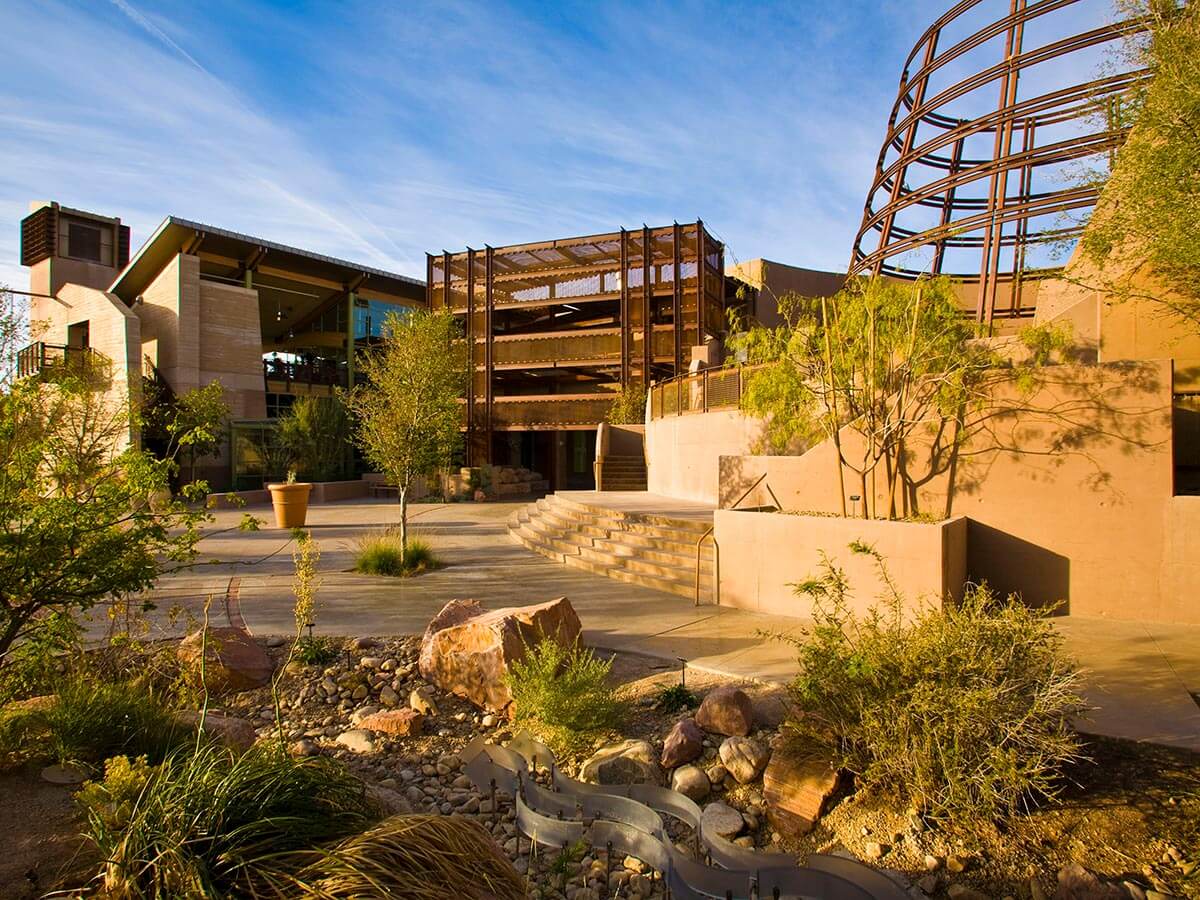
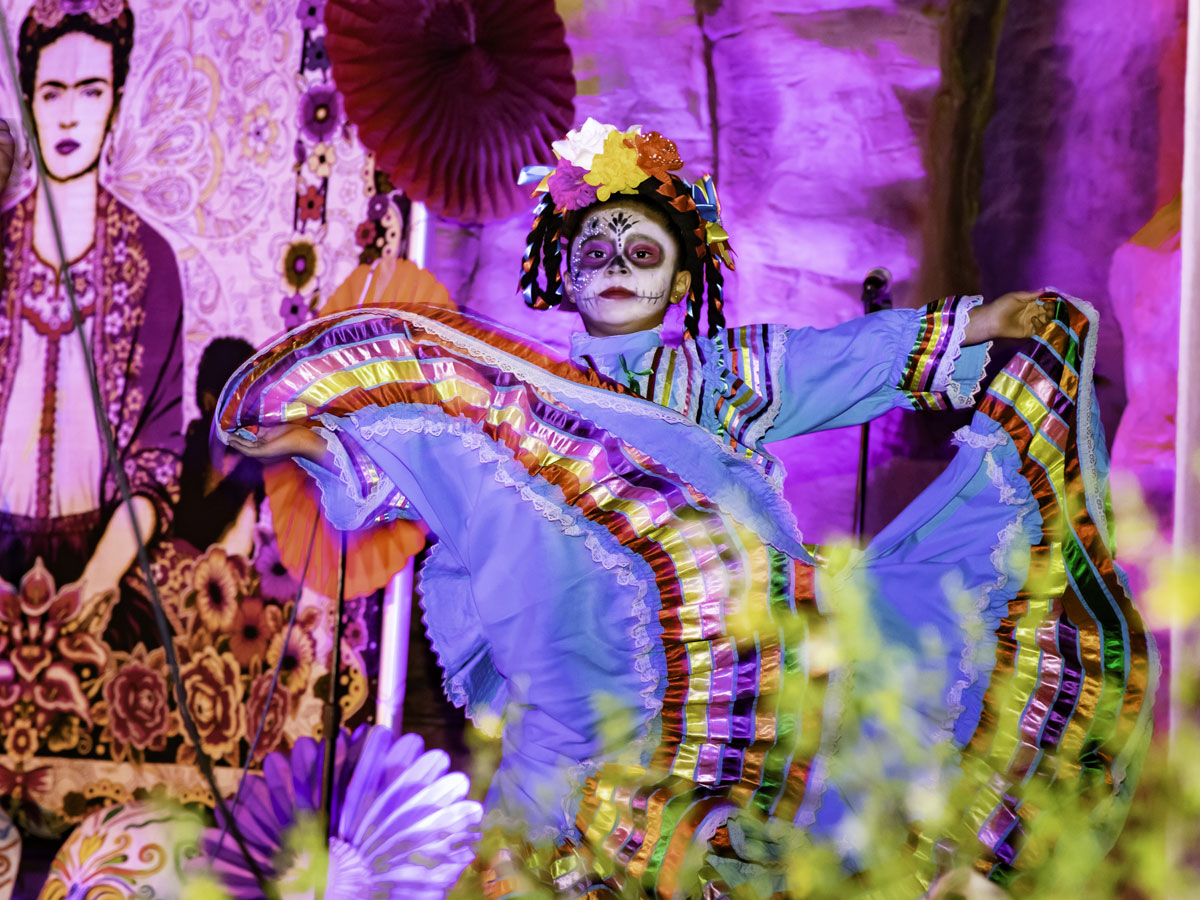
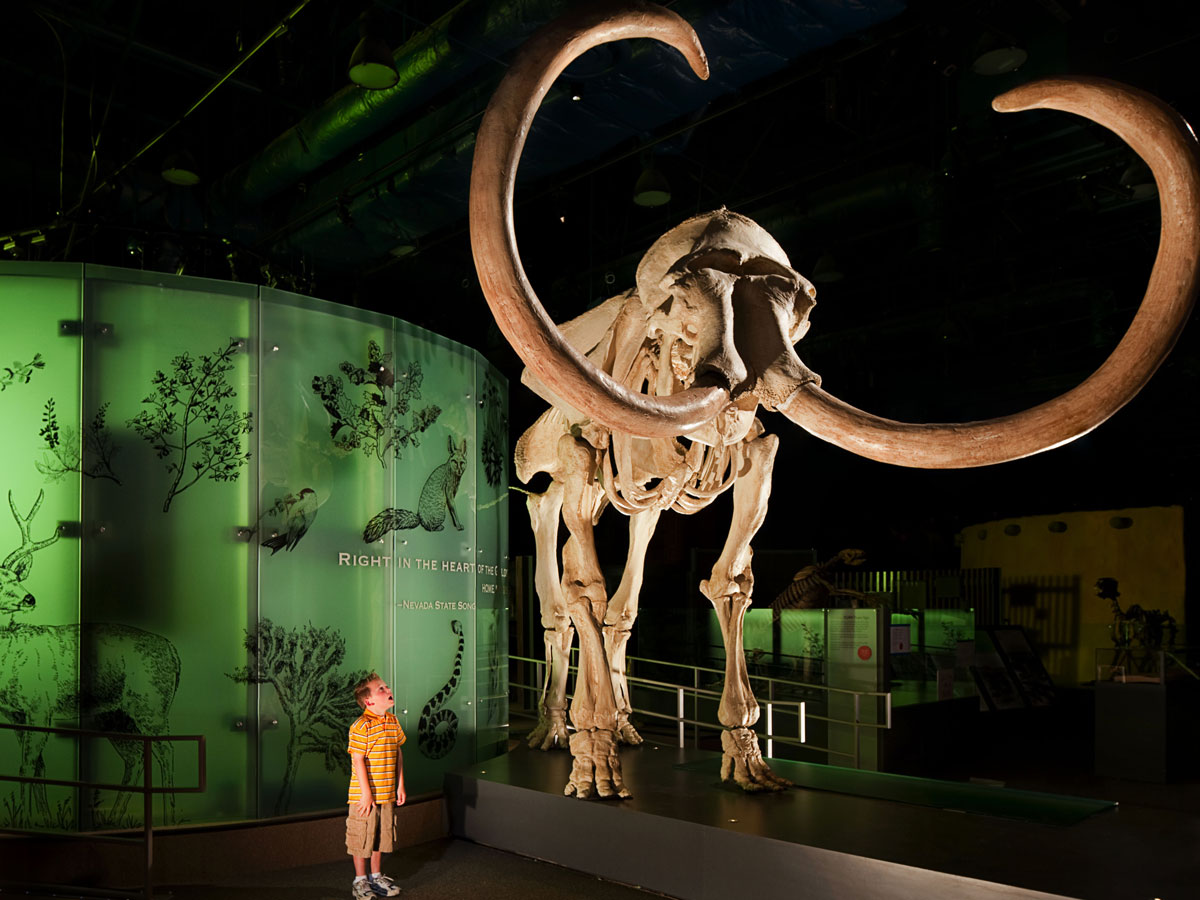
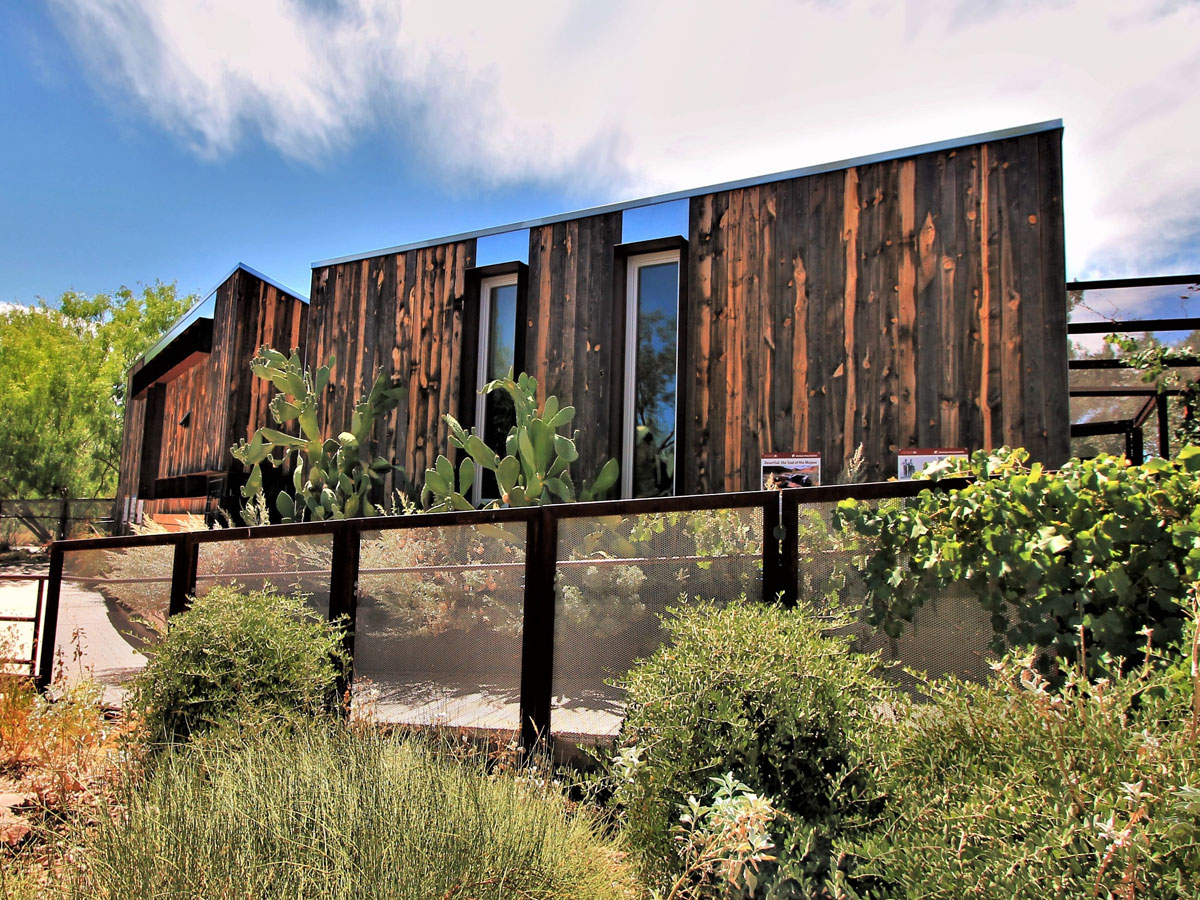
Press kit
| Award | Earned |
|---|---|
| FOX5 Las Vegas Viewers’ Choice Awards Outdoor Adventure - Gold Winner Museum - Bronze Winner Family Fun Center - Bronze Winner |
2025 |
| Yelp People Love Us On Yelp |
2024 |
| Tripexpert Experts' Choice Award |
2024, 2017 |
| Las Vegas Review-Journal – Best of Las Vegas Best Gift Shop – 2024
Best View (Cafe) – 2024/2020 Best Nevada Museum – 2021/2020/2017 Best Nature Park – 2021/2020/2017 Best Family Fun Center – 2021/2020/2017 Best Quinceañera Venue – 2021/2020/2017 Best Souvenir Stop – 2014 Best Place to Take Out-Of-Town Visitors – 2013 Best Non-Hotel Architecture – 2012 Best Family Attraction – 2011 Best Gallery – 2011 Best Place to See Wildlife – 2009 Best Museum – 2008 |
2024, 2021, 2020, 2017, 2014, 2013, 2012, 2011, 2009, 2008 |
| Desert Companion — Best of the City Best Museum – 2023
Hall of Fame Best All-Around Family Attraction – 2022 Best History Museum – 2022 Best Educational Family Outing – 2019 Best Interactive/Hands-on Attraction – 2019 Best Educational Playdate – 2015 Best of Nevada – 2012 |
2023, 2022, 2019, 2015, 2012 |
| City of Las Vegas Historic Preservation Awards - Preservation Education 2018 Historic Preservation Awards - Bricks and Mortar 2015 Mayor's Urban Design Awards - Public Places 2007 |
05/23/18, 05/20/15, 01/09/08 |
| TripAdvisor Certificate of Excellence |
2017, 2016, 2015, 2014, 2013 |
| Las Vegas Weekly — Best of Vegas Best Instagram Feed |
2017, 2016, 2015 |
| Nevada Magazine Best Place to Take Kids |
08/01/16 |
| Building Owners and Managers Association (BOMA) Earth Award |
2015, 2014, 2009 |
| Groundwater Foundation Designating the Springs Preserve as a Groundwater Guardian Green Site |
2014 |
| Canadian Nursery Landscape Assoc. and Gardens Tourism Council Springs Preserve named one of the "Top 10 North American Gardens Worth Traveling For" |
02/01/13 |
| North American Plant Collections Consortium Cacti Succulents of the Mojave Desert Collection recognized as NAPCC Accredited Collection |
2012 |
| Vegas SEVEN — Best of the City Best Thrifty Ticket to Paradise |
11/30/12 |
| USA Today 10Best Best Parks in Las Vegas – 2012 Best Bet for Going Green in Las Vegas – 2007 |
10/2012, 10/2007 |
| Horticulture Magazine 2012 Garden of Excellence. Awarded annually by the American Public Gardens Association. |
06/22/12 |
| Southern Nevada Hotel Concierge Association Best Cultural Attraction in Las Vegas |
2010, 2011 |
| Nickelodeon Parents' Pick Awards Best Tourist Spot - 2009 Best Enviro-friendly Place - 2008 Best Museum - 2008 |
08/01/09, 07/15/08 |
| Las Vegas Business Press Green Awards Best Large Green Public Project |
08/22/08 |
| Sustainable Buildings Industry Council’s Beyond Green Awards 2007 High Performance Building Awards (Desert Living Center and Gardens honored in the category A* Buildings) |
01/16/08 |
| U.S. Green Building Council LEED Certified (Platinum) for new construction |
2008 |
| American Society of Landscape Architects - Nevada Chapter Awards Excellence Award in "built commercial" category (Desert Living Center and Gardens) Project of the Year for Nevada |
12/03/07 |
| Las Vegas Life — The Vegas 100 Best Cultural Venues (Origen Museum) |
11/2007 |
| American Institute of Architects - Nevada AIA Nevada Sustainable Practice Award Outstanding Achievement in "built" category (Desert Living Center, WaterWorks, Orientation Plaza, Origen Museum) |
10/27/07 |
| Southwest Contractors Best of Nevada Awards Best Public Project over $10 million Best Public Green Building Project Best Civil/Infrastructure Project (WaterWorks) Best Landscape/Hardscape Project (Desert Living Center and Gardens) |
10/01/07 |
Located on the National Register of Historic Places since 1978, the Springs Preserve is a 180-acre cultural institution designed to commemorate Las Vegas’ dynamic history and to provide a vision for a sustainable future.
Opened to the public in 2007, the Springs Preserve was once the site of artesian springs that nourished people, plants and animals. Indigenous tribes such as the Pueblo Peoples, Patayan (ancestors of the Yuman groups) and Nuwuvi (Southern Paiutes) relied on the Las Vegas Springs and Las Vegas Creek for sustenance.
Over the years, the Las Vegas Springs also sustained weary travels, explorers, traders, settlers and missionaries.
The first human imprint at the Las Vegas Springs dates back between 5,000 to 12,000 years. Generations of nomadic tribes lived here seasonally, hunted small game, and drank from the artesian springs. Spanish traders of the early 19th century forged a path that became known as the Old Spanish Trail, part of which crossed through the site.
Captain John C. Fremont led a U.S. military expedition through the Las Vegas Valley in 1844 and camped at the Las Vegas Springs. Fremont was the first to map the Old Spanish Trail route, which linked California and New Mexico, and he is credited with putting Las Vegas on the map—literally.
Looking for a water source to fuel its steam locomotives, the San Pedro, Los Angeles and Salt Lake Railroad (later known as Union Pacific) purchased land near the Las Vegas Springs. The railroad created the Las Vegas Land and Water Company (LVLWC) to operate the first water distribution system in the valley, and in 1905, Las Vegas became an official townsite when the railroad auctioned parcels of land.
The Union Pacific Railroad sold the LVLWC to the Las Vegas Valley Water District (LVVWD) in 1953. In addition to providing water to the City of Las Vegas and unincorporated Clark County, the LVVWD inherited the Las Vegas Springs property, which had remained relatively untouched.
The LVVWD Board of Directors approved a plan to develop a preserve to protect and manage the cultural, natural and water resources on the site in 1997. A decade later, the Springs Preserve opened to the public in June 2007. The not-for-profit LVVWD operates and manages the Springs Preserve.
To assist you in fulfilling your media needs, this information sheet contains contacts, criteria, and guidelines for many requests.
Public/Media Relations contact (office hours: Monday-Thursday 7 a.m. - 6 p.m.):
Lisa Story
702-378-6527
After Hours Media Calls
702-259-8220
Physical Address
333 S. Valley View Blvd.
Las Vegas, NV 89107
Mailing Address
P.O. Box 98947
Las Vegas, NV 89193
(Located between U.S. 95 and Alta Drive on Valley View Boulevard at Meadows Lane, across from the Meadows Mall.) We are located just minutes from the famous Las Vegas Strip, Downtown Las Vegas, and McCarran International Airport.
Media criteria
- Broadcast, print and social media news coverage or requests - Please contact the Public/Media Relations office to arrange your visit – 702-378-6527.
- Interviews - Secure and schedule interviews with staff and Preserve spokespersons as far in advance as possible.
- Nevada State Museum requests - Contact Hollis Gillespie at 702-822-8739.
- Non-news Film / TV / Print / Multimedia requests - Non-news related shoots are subject to prior review and approval and may be treated as site rentals subject to location fees. Springs Preserve location/talent releases must be signed by production company prior to shoot. All non-news requests must be made through our Group Sales department – 702-822-8758.
- Documentary, Non-profit requests - are subject to prior review and approval, requiring location/talent releases be signed by production company prior to shoot.
- Commercial and Personal photography requests - Must be scheduled in advance based on space availability, and location fee, if applicable, must be paid prior to photo shoot. Make all photography arrangements through the Springs Preserve Group Sales department - 702-822-8758.
Additional information
- Online Newsroom: Images of the Preserve, fact sheets and other media materials are available on the Springs Preserve website.
- Historical images of the Springs Preserve site are available by contacting the UNLV Special Collections department at 702-895-2234.
- Business hours for Springs Preserve PR/Media team are 7 a.m. to 6 p.m. Monday-Thursday; however, the team will try to accommodate requests made outside of this time frame (with sufficient notice).
1978: The 180-acre Springs Preserve site is listed on National Register of Historic Places
1997: Water District Board of Directors approves a conceptual master plan for the Springs Preserve and approves organizational structure, including the formation of the Springs Preserve Board of Trustees
1998: The Las Vegas Springs Preserve Foundation is formed to support fundraising, and a community-based schematic design process is launched
2003: Ecological restoration begins at Springs Preserve
2005: Springs Preserve groundbreaking
2006: Four Historic railroad cottages are moved from downtown Las Vegas to Springs Preserve to avoid demolition
2007: Springs Preserve opens to the public
2008: Springs Preserve receives Platinum LEED Certification for Desert Living Center, Origen Museum and Visitors Center
2009: Archaeologists use advanced and remote sensing technologies to partially excavate an Ancestral Puebloan pit house (circa 700 A.D.) and detect the existence of two additional pit houses
2009: First Scholastic Art & Writing Awards exhibit on display in Origen Museum
2011: Nevada State Museum at the Springs Preserve opens to the public and the Springs Preserve hosts its first traveling exhibition
2012: Cacti and Succulent Collection in Springs Preserve Botanical Garden accredited by North American Plant Collection Consortium
2013: Trackless train begins operation along Springs Preserve Trails
2014: Botanical Garden opens seasonal Butterfly Habitat and becomes home to DesertSol, internationally awarded solar house designed by UNLV students
2015: Conceptual design begins for new WaterWorks Exhibit
2016: 15-acre Desert Tortoise Habitat opens along the Exploration Loop Trail
2017: Boomtown 1905 opens to the public and new wayside ramadas along the Preserve's Exploration Loop Trail are complete
2017: WaterWorks Museum and redesigned Children’s Play Area open to the public
2021: Mariposa Splash Pad opens
2025: The Nuwu Pahsats Ethnobotanical Garden opens. Nuwu Pahsats recognizes the vast indigenous knowledge held by the Nuwuvi (Southern Paiute) in Southern Nevada.
| Space | Size |
|---|---|
| Dialogue Center | 21,545 square feet |
| Patio and Rotunda Gallery Areas | 21,416 square feet |
| Cottonwood Room/Banquet Room | 20,445 square feet |
| Sustainability Gallery | 4,600 square feet |
| Activity Center | 3,232 square feet |
| Welcome Gallery and Information Center | 1,901 square feet |
| Terrace Gardens | 1,696 square feet |
| Gardens Center | 200 square feet |
| South Ticket Booth | 100 square feet |
| Total DLC building space - 71,135 square feet | |
| Space | Size |
|---|---|
| Nevada State Museum | 78,145 square feet |
| Origen Museum | 49,610 square feet |
| Guest Services and Cafe | 24,815 square feet |
| WaterWorks and Pump Station | 24,140 square feet |
| Total building space (incl. Nevada State Museum) - 247,845 square feet | |
Additional areas
- Springs Preserve - 180 acres in total
- Trails Approximately - 4 miles
- Boomtown 1905 - 4,700 square feet
- Children's Play Area - 14,336 square feet
- Springs Amphitheater - 1,800 seats
- Gardens Amphitheater - 250 seats
- Big Springs Theater - 156 seats
- Visitor Parking - 782 spaces
- Plants in the Gardens and Streetscape - 30,000 +
- Operational water reservoirs on site - 3
- Gallons of water in reservoirs - 40 million
Fact sheets
Commonly known as the “birthplace of Las Vegas,” the Springs Preserve is a 180-acre cultural institution designed to commemorate Las Vegas’ dynamic history and to provide a vision for a sustainable future.
Listed on the National Register of Historic Places in 1978, the site served as the original source of water for indigenous people living in the valley thousands of years ago. The Springs Preserve has evolved into a world-class attraction featuring museums, a botanical garden, interpretive trails, and outdoor events.
Attractions include:
- Origen Museum
- Desert Living Center
- Botanical Garden
- DesertSol Solar House
- Trails
- Cienega
- Open-Air Amphitheater
- Springs Cafe
- Nevada State Museum
- Boomtown 1905
- WaterWorks Museum
History: The Preserve served as the original source of water for indigenous peoples living here thousands of years ago. Later, travelers on the Old Spanish Trail and Mormons who came to settle the west relied on it. The site was listed on the National Register of Historic Places in 1978. The Springs Preserve opened to the public in June 2007.
Program highlights: Programming is focused on enhancing the desert living experience. It accomplishes this by providing family-oriented entertainment at a historic, sustainable site. It includes educational and cultural classes, exhibits and live shows, as well as significant events celebrating the diversity of the Las Vegas community.
Experiential programs: Events throughout the year celebrate the diversity of the Las Vegas community, such as the Black History Month Festival in February and Dia de Muertos in November.
Interpretive elements scientific/research programs: As the location of the original water source for Las Vegas, the Springs Preserve is an archaeologically significant site. Artifacts from as early as 5000 BCE found on-site are interpreted. Native Mojave Desert wildlife research is conducted in conjunction with local agencies with a focus on threatened and endangered species.
Educational programs: The Springs Preserve staff collaborate with local and national partners to present specialized programs for children and adults.
School/university programs: Springs Preserve provides resources for local teachers and educators, and educational programs through several efforts, including partnerships with the Clark County School District, community organizations that provide services for under-served students, and Boy and Girl Scout organizations.
Specialized youth programs: The Preserve offers programs for youth, including programming inside the Sustainability Gallery and Nature Exchange, Toddler Time, and other drop-in activities focused on wildlife, conservation and sustainability.
Operator/Governance model: Public/private partnership: The Las Vegas Valley Water District (LVVWD) is land owner and steward of the Springs Preserve in partnership with the Springs Preserve Foundation, a 501(c)(3) non-profit, tax exempt corporation established to further the mission of the Springs Preserve. The Foundation is governed by a Board of Directors committed to the Preserve’s long-term health and viability.
Hours of operation: Please visit our Plan Your Visit page for current hours of operation.
Admission and ticket purchase: Please visit our Tickets page for current admission information and pricing. Tickets to the Preserve, events, and classes can be purchased online at springspreserve.org or, in some cases, the day of your visit at the Box Office.
LEED certification: The Preserve is one of the largest attractions in the United States to achieve LEED (Leadership in Energy and Environmental Design) Platinum Certification status. LEED is a sustainable, green building design designation from the U.S. Green Building Council.
Other: The Preserve is wheelchair accessible. With the exception of service animals, pets are not allowed at the Preserve to ensure wildlife is not disturbed and to protect archeological artifacts on the site. No outside food or drink is allowed in the Preserve.
Group Sales: Make the Preserve the setting for your next meeting or event by calling 702-822-8758.
Volunteer: The Preserve has a Gardens and General Docent program with ongoing training sessions. Please call 702-822-7751 for more information.
Donate: Support the Springs Preserve Foundation. Contact a Development Officer at 702-271-0976.
Location:
The Springs Preserve
333 S. Valley View Blvd.
Las Vegas, NV 89107
More information: Visit www.springspreserve.org or call 702-822-7700.
Project intent: Boomtown 1905 explores the critical role that water from the Las Vegas Springs played in the development of Las Vegas – from dusty desert watering stop to modern-day metropolis. The 'boom' began in 1905 when the San Pedro, Los Angeles and Salt Lake City (S.P.L.A.& S.L) Railroad completed its rail line, establishing a stop in Las Vegas and using water from the Las Vegas Springs to support operations.
Thousands of people traveled to Las Vegas to participate in the railroad's famous May 15-16, 1905, land auction, conducted by its subsidiary, the Las Vegas Land and Water Company. In the hours and days to follow, successful bidders quickly went to work setting up businesses and establishments to support the growing community. The re-created streetscape of Boomtown 1905, complete with immersive exhibits in and around the structures, explores elements of daily life in the early railroad town and the rapid transformation that occurred here during the early 20th century.
Planning and development: The project was inspired by the 2005 relocation of four original railroad cottages from downtown Las Vegas, and it was completed in 2017 with the final installation of exhibits.
Design and construction: Many individuals and organizations supported the development of the Boomtown 1905 exhibit. Major contributors include:
- Cottage Restoration: Pace Contractors
- Architectural Design: Carpenter Sellers Del Gatto Architects
- Construction: Rafael Construction
- Exhibit Curation: Springs Preserve
Project features: The exhibit includes four original restored railroad cottages that housed early railroad workers and their families (768-813 sf). The exhibit also features re-creations and representations of early businesses, including: the Las Vegas Train Depot (1,800 sf), the Lincoln Hotel (455 sf), the Arizona Club (665 sf), a mercantile (559 sf), the First State Bank (307 sf) and the outdoor Majestic Theatre (900 sf). Collectively, these buildings represent approximately 4,700 sf of exhibit space.
Project funding: The overall cost to relocate and restore the four cottages, and to design, develop and construct the Boomtown 1905 attraction was approximately $6.5 million, funded primarily through proceeds from a Southern Nevada Public Lands Management Act grant for Parks, Trails and Natural Areas, sponsored by the City of Las Vegas. Other funding and professional assistance was provided by the Springs Preserve Foundation, Commission for Cultural Affairs, State Historic Preservation Office, National Park Service, J.A. Tiberti Family, Cashman Family Foundation, the Nevada Chapter of the American Public Works Association, Las Vegas Rotary and Wells Fargo.
Key features:
- Train Depot: Step inside to learn how the railroad transformed Las Vegas from a dusty desert watering stop to one of the world's most exciting destinations. Here you'll also be able to try your hand at sending a message in Morse code using a telegraph machine, use a train whistle to alert townspeople, and catch up on the news of the day at a vintage newsstand.
- Railroad Cottages: The railroad cottages housed railroad workers and their families and were considered the finest homes in town in their day. Four of the 64 cottages built by the railroad in 1909-1911 were relocated to the Springs Preserve in 2006 for restoration and preservation. Tour one of the cottages restored to its original pre-1911 condition, listen to music from times gone by on an antique Victrola, see what's cooking for dinner and peek inside the bedrooms to glimpse furnishings of the day.
- The Lincoln Hotel: The Lincoln Hotel catered to some of Las Vegas' first tourists and railroad workers. Featuring Mission-style architecture, the hotel provided "good, clean beds" for as little as 25 cents. Check-in at the hotel, sign your name to the guestbook register and take a tour of the hotel’s "luxurious" accommodations.
- Majestic Theater: Town visitors and Las Vegas locals gathered at the Majestic Theatre to see the latest films of the day. Kick back and enjoy film clips from the early 1900s, when films were silent and black and white. The Preserve features the "Airdome" version of the theater, which was a place for outdoor films when the summer heat in the theater became too stifling for patrons.
- Arizona Club: The Arizona Club was the most famous gambling saloon in town. It provided train passengers and Las Vegas locals a place to unwind and kept drinks flowing during the dry days of prohibition. Step up to the bar, try your luck with a spin of the roulette wheel, or relax in our barroom to the sound of a restored player piano.
- Mercantile: Mercantile stores provided a wide assortment of goods to Las Vegas residents. You could buy nearly anything including mining gear, food and fabrics. Explore a wide assortment of antique provisions, weigh goods and ring up your selections on an authentic period cash register.
- First State Bank: The First State Bank was a financial rock of the Las Vegas community. In its early years, the bank accepted both currency and precious metals. The bank building also housed the Post Office. Weigh precious metals on an assay scale. Sign, seal and deliver a completed assay slip to the Nature Exchange and trade it in for a piece of iron pyrite (fool's gold.)
Train: Visitors can take a narrated round-trip train ride from the Exploration Loop Trailhead to Boomtown 1905. The locomotive is representative of the early 1900s railroad line that stopped in Las Vegas.
Description: The Botanical Garden at the Springs Preserve is designed to be a creative learning environment. It invites visitors to explore native and non-native plant life that thrives in the desert. Visitors can explore desert landscaping and ways to enhance outdoor space with water-smart techniques.
The Botanical Garden contains thousands of native and desert-adapted plants. More than 400 mature trees and plants were transplanted to the Preserve, especially to the Botanical Garden. Some of these were 20 years old and over 30 feet tall. Many plants on display are native to the Mojave. These were grown from seed collected in the Las Vegas Valley, making the plants genetically true and well adapted to the climate. Almost all the native cacti and Yucca species were salvaged from local lands that were being developed for residential or commercial use.
Key features:
- Gardens Classroom – Visitors of all ages can learn in our weekend classes. Topics include gardening, living in harmony with the desert, and best irrigation practices. The Gardens Classroom is part of a truly Green Building with rammed-earth walls, passive cooling towers and solar-generated power.
- DesertSol – This permanent, walk-through exhibit is an award-winning 745-square foot one-bedroom, one-bathroom solar-powered home. It was created and built by the UNLV Solar Decathlon Team as part of the U.S. Department of Energy Solar 2013 Decathlon. It is an ultra-efficient showcase of innovation in sustainable home design. DesertSol was the top-ranked U.S. entry and placed second overall in the global competition.
- Butterfly Habitat – This seasonal exhibit located in the south end of the Botanical Garden is filled with hundreds of butterflies. It gives guests the opportunity to witness the dance between free-flying butterflies and the plants that sustain them. Open 10 a.m. - 3 p.m. daily, when weather allows, in the fall and spring.
- Teaching Garden – 10,000-square-feet of edible landscape and pollinator-attracting plants provide opportunities for children and educators to learn about growing food in the desert through workshops, classes and tours.
- Enabling Garden – This garden demonstrates options for people who have physical challenges. It features a vertical wall garden, shallow-pan gardening, raised beds, and specialty tools.
- Frame House – This is a partially-enclosed area featuring a kitchen with cook-top. This area is used for outdoor cooking demonstrations and similar activities.
- Watering Can Theater – This is an intimate outdoor amphitheater, featuring iconic irrigation components and a metal shade canopy.
- Created Wetlands – This is an overlook rest area. The aquatic flora species (rushes, sedges, and grasses) growing here clean wastewater from the Springs Preserve. The reclaimed water is not for drinking but it is used in the Preserve for irrigation and toilets. The wetland is also an ideal wildlife habitat.
- Gardens Amphitheater – This is a 250-seat outdoor amphitheater for garden instruction and demonstrations.
- Herb Garden – This area features fruit trees in individual containers and herbs used for centuries by people for cooking, medicine, cosmetics and decoration.
- Rose Garden – This is a beautiful shaded area perfect for reflection and photos. There is something blooming year-round.
- Cactus Alley – This area features cacti and succulents from arid regions in North and South America, including the Mojave, Great Basin, Sonoran and Chihuahan deserts.
- Palm Oasis – This area represents a dozen different palm species that grow well in arid climates.
- Linn Mills Vegetable Garden – The vegetable garden is a living demonstration of how to grow vegetables in the desert.
- Hardscape Examples – This display explores many paving options such as brick, stone, and treated concrete.
From the beginning of the Springs Preserve, the focus has been on children and families when developing, designing, and programming activities. We offer entertaining and educational exhibits, events, programs, activities, classes and workshops for kids of all ages. Topics include archeology, animals, water, and plants.
Springs Preserve train: Trains helped settle the Old West, and now they’re part of the present too! Take a narrated ride down the Preserve’s 2.2-mile Exploration Loop Trail on our trackless train, and uncover Las Vegas history with every turn of the wheel. Look for birds and wildlife on your journey. You will see scenes of the American West, local history, ranching, water, and railroads.
Boomtown 1905: Life-sized, immersive, permanent re-created historic streetscape of early Las Vegas. Visit an original cottage built by the railroad in 1910, and turn of the century (1905 – 1920) replicas of the Las Vegas Train Depot, Arizona Club, outdoor Majestic Theatre, First State Bank, Lincoln Hotel and a mercantile store. Experience life in early Las Vegas through interpretive stations and hands-on activities in each of the buildings.
Live shows and demonstrations: The Springs Preserve presents live shows and demonstrations each weekend and on select holidays.
Living collections: The Origen Museum features the Living Collections exhibit where visitors are introduced to a variety of native animals. These include mammals, reptiles and invertebrates. Our exhibits show how desert animals adapt to the extreme temperatures and dry climate of the Mojave Desert. The Living Collections have desert tortoises, kangaroo rats, Gila monsters, and other animals. Animal feeding experiences and behind-the-scenes tours are available. Our seasonal Butterfly Habitat in the Botanical Garden is open every spring and fall.
Nature Exchange: Nature Exchange is a nationwide educational program and unique learning environment located inside our Sustainability Gallery. Young collectors can trade items they have found in nature and learn more about them. Our trained staff talks with the youngsters and encourages further investigation. Participating collectors gain points that are tracked through the Nature Exchange computer database. The children can trade their points for other items.
Traveling exhibit gallery: Inside the Origen Museum, the New Frontier Gallery is a space that houses traveling exhibits of national significance. These exhibits explore topics relevant to the Springs Preserve such as science, natural history, preservation and conservation. The focus is on fun, hands-on, interactive, educational, experiences for visitors of all ages.
Children's playground: Located across from the outdoor amphitheater, the Children's Playground features recreational equipment and play structures.
Mariposa Splash Pad: This splash pad and tot lot for children 2 to 5 is located on the south end of the property next to the Butterfly Habitat.
Classes and activities: We offer a variety of educational classes and activities for kids to help them explore and understand their desert world. Drop-in activities change monthly and topics include desert animals, gardening, eco art, archaeology, history, storytelling, and more.
Description: The Cienega is a 7-acre, re-created desert wetland. It is in the 25-acre, functioning Meadows detention flood basin that is found on the 180-acre Springs Preserve site.
Objective: This is a re-creation of the original natural springs system that occupied the site until it dried up in the early 1960's. The Cienega was created for many reasons, including the following:
- to restore a functioning habitat for wildlife
- to renew the beautiful landscapes that once were part of the site
- to teach visitors about the importance of a desert wetland ecosystem in the Mojave Desert
Historical background: The Springs Preserve is the site of the original springs that supplied water to indigenous peoples and early explorers. Later, the new community of Las Vegas relied on the spring for water. The water sustained meadows and thickets of mesquites and willows. When the springs dried up, much of the vegetation surrounding the springs died. However, many of the trees and shrubs whose roots tapped into shallow groundwater survived.
Significance: The Cienega has attracted more than 30 new species of wildlife to the site, primarily birds. The largest wild animals recorded on site are coyote, bobcat, and gray fox. Birds species found at the Cienega include the peregrine falcon, belted kingfisher, black-crowned night heron, white-faced ibis, black-necked stilt, ruddy duck, and snowy egret. Restored vegetation now includes thriving Mojave species such as cottonwood, willow, mesquite, and acacia trees, shrubs, grasses, and aquatic species such as cattails and bulrushes.
Construction overview: The Cienega restoration process began in 2003. It required the construction of several ponds and a stream. A re-vegetation process followed designed to re-create the original wetlands ecosystem that thrived on the site for thousands of years. The project included soil preparation and improvement, seeding, transplanting, plant salvaging, irrigation, and monitoring. The Cienega is self-sustaining, using ponds and a stream to capture run-off water. Nuisance water from the Alta Flood Channel is diverted into a reconstructed cauldron pool and down a stream that meanders through the detention basin. The Cienega is accessed by a trail that runs along the edge of the wetland. It includes a place for hiking, walking, docent demonstrations, and wildlife observation. Features include a stream channel, a viewing ramada, and a cauldron pool.
Overview: The Desert Living Center (DLC) consists of five buildings featuring exhibits, classrooms, and meeting spaces. The U.S. Green Building Council (USGBC) has given the DLC Platinum certification. This is the highest Leadership in Energy and Environmental Design (LEED) level. The structures that comprise the DLC were designed and constructed to meet and surpass the standards set forth by the LEED program. Exploration of environmentally-sound features and practices are the focus of the DLC exhibits and buildings. The DLC opened on June 8, 2007.
Architect: Lucchesi, Galati Architects, Inc. (Las Vegas, NV)
Exhibit design: Aldrich Pears Associates, Ltd.
Key areas:
Activity Center – Classes held in this building at the northern end of the Botanical Garden inspire visitors of all ages to learn about desert gardening, nature, and much more. A truly green building, the center features rammed-earth walls, passive cooling towers, and an outdoor gathering area called the Gardens Amphitheater.
Gardens Center – A place where visitors sign up and meet for classes and on select days get free advice about ailing plants by bringing in sick plants, or a photo, or a description of what ails their garden. See website for times when a Master Gardener is available to provide free plant advice and diagnosis.
Sustainability Gallery – Playful displays teach visitors:
- Eco-friendly building materials
- Alternative fuels
- Green cleaning products
- Recycling
- Composting
Rental Areas – Photogenic and sustainable areas are available for group gatherings, corporate meetings, and weddings.
Sustainability – The DLC has many features that make it both livable and sustainable:
- Window placement maximizes natural daylight use
- Passive cooling and renewable heating of buildings
- Bio-filtration ponds reclaim on-site wastewater
- Electrical energy created by a photovoltaic array
- Straw-bale insulated walls
- Carpet made from recycled soda bottles
- Certified sustainable lumber
- Rammed earth walls
- Computer controlled building operations systems
- Low volatile organic compounds (VOC) paints, furniture, fabrics and wood composites
After nearly a decade of planning, utilizing guidelines created by the U.S. Green Building Council (USGBC), the buildings on the Springs Preserve (Preserve) site – designed and constructed to achieve Platinum Leadership in Energy and Environmental Design (LEED) certification – were honored with the designation in August 2008. LEED projects are rated based on a scorecard that recognizes points for the following six categories: Sustainable Sites, Water Efficiency, Energy and Atmosphere, Materials and Resources, Indoor Environmental Quality, and Innovation and Design. To achieve certification, a project must maintain stringent LEED standards in the areas of design, construction and operation. The Springs Preserve is a unique project with two LEED Platinum Certifications for the Origen Museum/Guest Services buildings as well as the Desert Living Center (DLC) buildings composing the sustainable campus. All seven buildings at the Preserve – the Origen Museum and Guest Services buildings designed by Tate Snyder Kimsey Architects and the five Desert Living Center buildings designed by Lucchesi, Galati Architects, Inc. – met strict LEED standards for certification and earned platinum grades, the highest possible score. Total square footage of Platinum LEED building space at the Preserve is 149,560.
LEED Elements at the Springs Preserve
- Design elements – Buildings at the Preserve are positioned to utilize natural lighting, collect solar power to heat floors and water radiantly, and contain only Low E (energy), north- and south-facing windows. Structures have been designed to take advantage of natural ventilation and several make use of entryway, overhangs and patio microclimates. Butterfly roofs on a few of the buildings help collect storm water for reuse.
- Reused materials - Reclaimed timber, salvaged wood from the Lucin Cutoff Trestle Bridge over which trains crossed the Great Salt Lake until the 1950’s, and glulam beams are used as primary supporting structural elements throughout the Desert Living Center. Modular carpet tile made from recycled plastic bottles and corn husks, furnishings made of recycled sunflower seed husks and countertops made from recycled paper are just a few of the recycled products utilized at the Preserve. Reclaimed steel and glass have also been used extensively throughout the project.
- Sustainable materials – Two buildings of the DLC totaling more than 41,000 square feet make the Preserve one of the largest commercial straw bale construction projects in the U.S. Throughout the project, locally sourced materials, such as caliche exhumed on site and rammed earth used to cover concrete stem walls, have been used as primary building elements.
- Operations - Water used onsite is filtered and reused to irrigate plants and flush toilets at the Preserve. Photovoltaic arrays provide a canopy of shade for visitor parking and generate approximately one-fifth of the electricity needed to power the Preserve. Evaporative cooling towers naturally funnel cool air into the DLC.
Overview: The Origen Museum consists of permanent exhibits, live animal exhibits, an indoor theater, and a traveling exhibit space. As the focal point for history at the Preserve, the Origen Museum focuses on the natural and cultural history of the site. It highlights the Preserve’s common designation as the “birthplace of Las Vegas.” The building is Platinum LEED certified by the U.S. Green Building Council.
Architect: Tate Snyder Kimsey Architects (Las Vegas, NV)
Exhibit design: West Office Exhibition Design (Oakland, CA) The Nassal Company (Orlando, FL) Playground Media (Los Angeles, CA)
Key areas:
- Origen Rotunda – The entry of the Origen Museum is designed to help visitors make the most of their visit. The galleries and theater radiate off this central space. Children's drop-in classes are held here as well as receptions for special events.
- Big Springs Theater – With seating for 156 people, the panoramic-style theater features an eight-minute movie to introduce visitors to the Springs Preserve. The film is entitled "Miracle in the Mojave." The theater also presents educational, entertaining short films and live animal shows. During special events, the theater can show full-length feature movies.
- Natural Mojave Gallery – This gallery has both interactive and stationary exhibits. You can explore the geological and biological history of the Mojave Desert and the springs. There is also an amazing flash flood experience.
- The Living Collections - Live animal exhibits feature Mojave natives who’ve adapted to arid desert conditions including a grey fox, sidewinder, Gila monsters, desert cottontails, lizards, and more.
- People of the Springs – The focus of this gallery is the cultural history of the Springs Preserve and the ways in which water fostered the development of Las Vegas. Visitors explore a historic railroad car, a re-enactment of the first land auction, and a Hoover Dam exhibit.
- Traveling Exhibit Gallery – Temporary exhibits with a science or natural history theme are presented in this space.
The Springs Preserve offers many resources to educate us about how to live our lives in sustainable ways in the desert. There are permanent displays and exhibits throughout the facility on this topic, including the DesertSol Solar House and Sustainability Gallery.
The Sustainability Gallery shows visitors how small changes they make in their own homes can save precious resources and money.
The Preserve is a living exhibit of water-efficient landscaping. There are more than 250,000 plants in natural areas and the Botanical Garden. These plants are both beautiful and sustainable. There are many examples of informal gardens and landscaping throughout the Preserve's 180 acres.
Educational classes and workshops are held each weekend. The topics change monthly and include such areas as desert gardening, drip irrigation instruction, energy conservation and solar options, “green” gourmet cooking, and more.
The Springs Preserve’s 3.5 miles of trails meander through 110 acres of native sites. Visitors can follow in the footsteps of indigenous people like the Nuwu (Southern Paiute) and adventurous explorers like John C. Fremont.
The trails introduce visitors to historic features and habitat restoration areas, including the Cienega, spring mound and two original springhouses. Archaeological areas offer a glimpse into the history and pre-history of the Las Vegas Valley. Waysides and ramadas offer interpretive information about early adobe structures, water well derricks, rare plant and wildlife species, and a desert tortoise habitat. The WaterWorks Museum and Boomtown 1905 are located off the Exploration Loop Trail.
The main Exploration Loop Trail is fully paved and wheelchair accessible. Other trails contain loose gravel.
